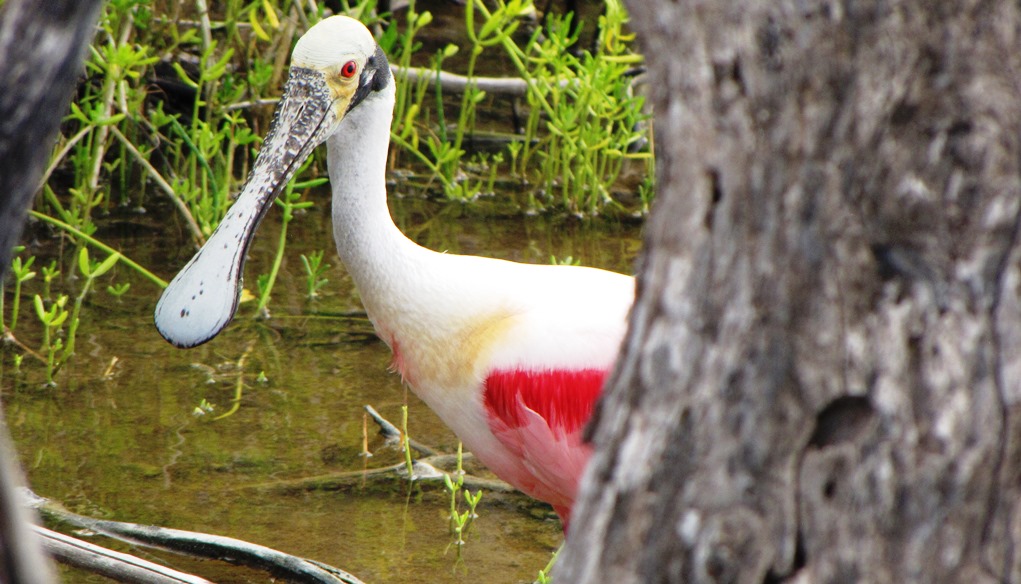In the Caribbean, the interconnectedness among soil quality, climate change and agriculture is viewed through a narrow lens.
It is widely accepted that healthy soil is required to grow bountiful crops and that the quality of soil and crops is negatively affected by (climate change induced) droughts, floods and storms.
This unidirectional understanding disregards a major element of the dynamic— the impact of healthy soil on climate change through the removal (or sequestering) of carbon dioxide or CO2 from the atmosphere.
As described back in 2002 in the groundbreaking book, The Restoration Economy, major objective of regenerative agriculture is to convert economically viable and oftentimes degraded land into a socially and environmentally responsible resource.
According to the United Nations Convention to Combat Desertification (UNCCD), more than 14% of the two billion hectares of degraded land in the world is within the Latin America and Caribbean region.
These lands represent more than one-fifth of the forests and agricultural lands of the region (FAO). There is great potential in the Caribbean for the restoration of degraded lands and enhancement of the extensive types of soils encountered here.
Regenerative agriculture can profitably bring the region to carbon neutral status while improving food security and reducing the negative impacts on water supply (healthy soils require less water to produce the same amount of food).
According to Ian McNeel, Founder of Walker’s Reserve in Barbados, “Our vision is to design and create regenerative spaces in which individuals can connect and reconnect to the environment, while building more resilient ecosystems and communities. We must move from extractive economy to a regenerative economy.”
As reported earlier here in REVITALIZATION, momentum to repair degraded lands and to manage droughts more effectively has picked up, according to reports released for review by an inter-governmental meeting in Georgetown, Guyana in January of 2019. An assessment of land degradation in 127 countries revealed that close to 20 percent of healthy land was degraded in the first 15 years of this Millennium.
Globally, 169 countries are affected by land degradation, desertification or drought. In the last four years, 82 countries have set targets aiming to halt land degradation by 2030 and 44 of the 70 countries regularly hit by drought are setting up drought management plans to ensure droughts do not turn into disasters. The findings are the most comprehensive to date, with data submitted by 135 countries and an assessment of degradation monitored using Earth observations.
The Seventeenth Session of the Committee for the Review of the Implementation of the UN’s Convention to Combat Desertification (CRIC17) taking place in Guyana will review the reports over the next three days. Their recommendations on further actions to ramp up this momentum will be tabled at the fourteenth session of the Conference of the Parties to the UN Convention to Combat Desertification (UNCCD) to be held on October 7-18, 2019 in New Delhi, India.
“Momentum is with us,” announced Monique Barbut, former Executive Secretary of the Convention. “The first piece of good news is that we know more and more about what is going on…. how much land we have degraded globally in the first 15 years of this Millennium, how life has changed for the communities living on degraded lands, how droughts are evolving globally, the changing status of endangered biological species, and the financial resources available to address desertification,” she said.
She also described as good news the reports’ findings that “in all regions, rural populations now have more access to safe drinking water, poverty has declined by 27% overall, at least 120 countries will eventually have targets to curb land degradation and there is growing interest from domestic and global private finance to invest in land management.”
Photo of roseate spoonbill in Cozumel, Mexico by Storm Cunningham.
See full article (from which part of this was excerpted) by Daphne Ewing-Chow in FORBES.


